June 12, 2025
How Experiential Graphic Design & Wayfinding Make Environments Engaging
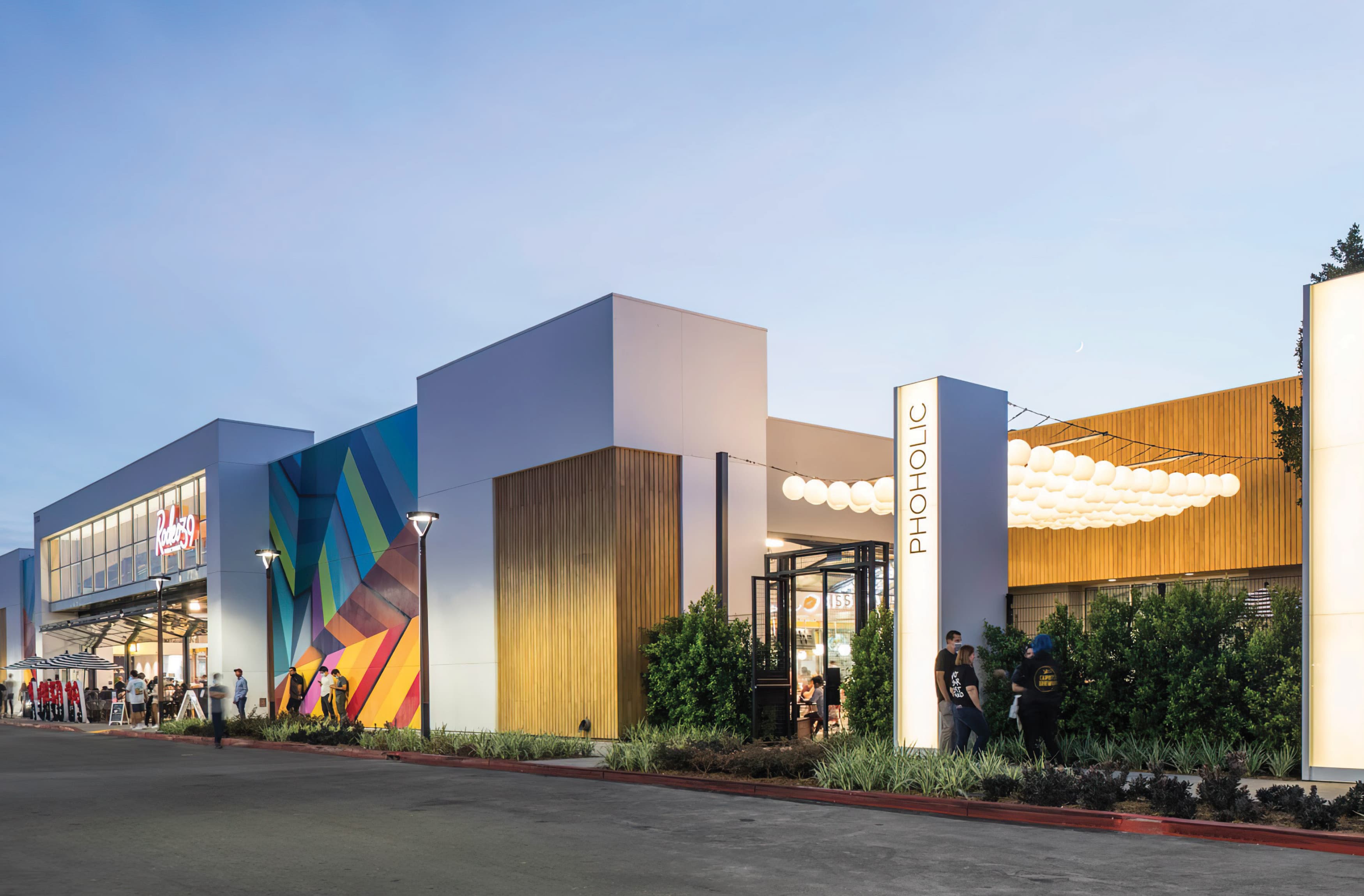
June 12, 2025

There are many demands on today’s built environments. Increasingly, the quality of a place is defined not just by how easily it can be navigated, but also by how it makes people feel. We seek spaces that educate, entertain, or engage us in a memorable way.
At the intersection of form and function lies two key disciplines: experiential design and wayfinding. Their powerful combination produces environments that serve a critical function while also creating meaningful connections between people and places.
Simply put, wayfinding is the act of helping people find their way. It encompasses a strategic system of signage as well as visual and sensory cues to aid users in orientation, navigation and experience. Wayfinding helps people understand where they are, where they want to go, and the best way to get there.
Experiential graphic design, meanwhile, is the practice of building environments that connect with people on multiple levels—physical, mental, emotional, and spiritual. It involves a wide variety of fields, including graphic design, architecture, interiors, and landscapes. By expressing a narrative that resonates with visitors, experiential design transforms ordinary places into meaningful destinations.
RSM DESIGN’S HUMAN NEEDS FRAMEWORK
Drawing inspiration from Abraham Maslow's hierarchy of needs, we have developed a framework for understanding human needs in the built environment. There are three fundamental human needs to consider: Certainty, Variety, and Delight.
Certainty, Variety, and Delight form the foundation of engaging design. Wayfinding and experiential graphic design must meet these basic needs to connect people meaningfully with places.
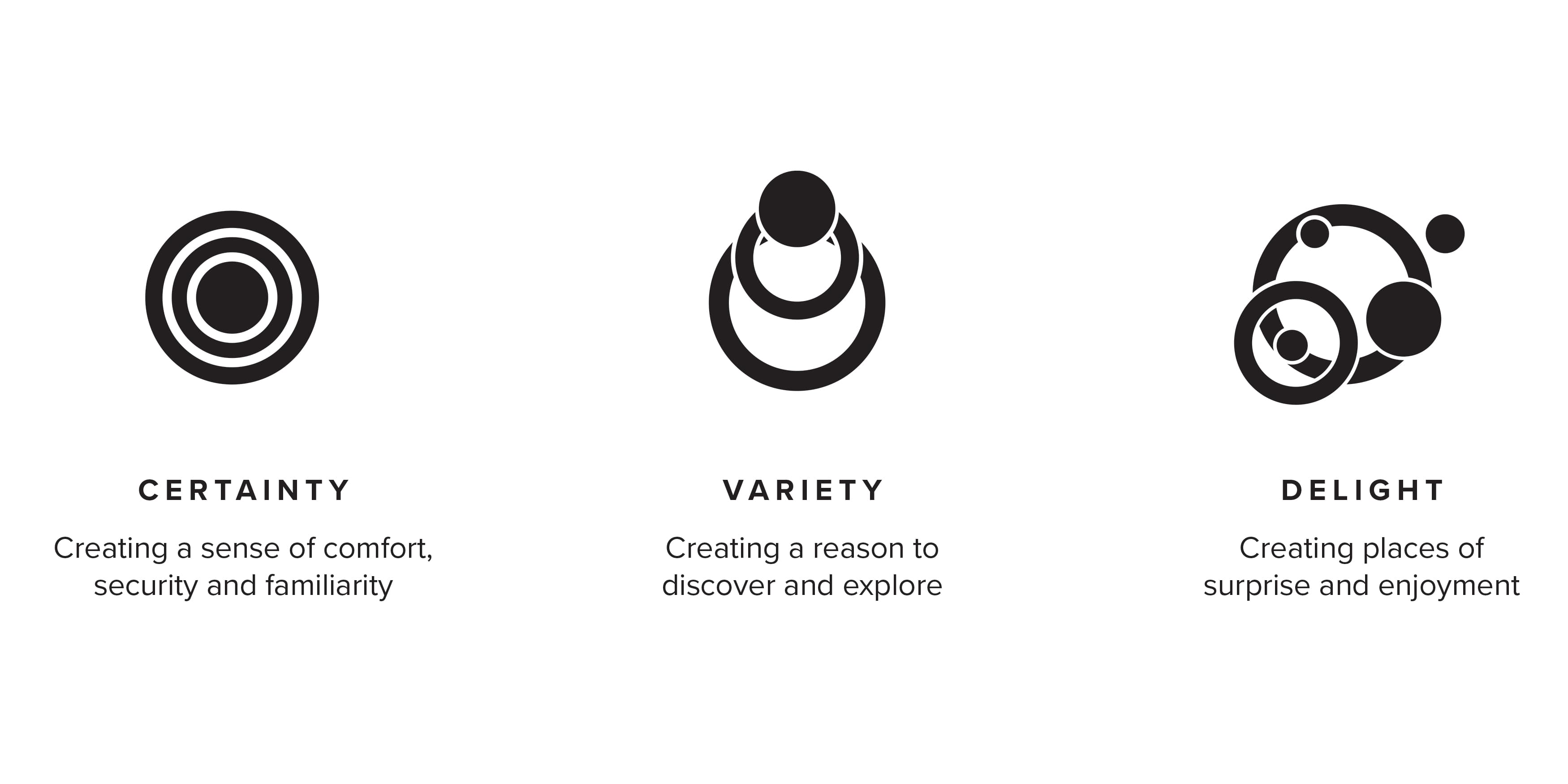
The relationship between wayfinding and experiential graphic design is synergistic, achieving more together than they do separately. Wayfinding establishes a crucial framework for navigation, while experiential graphic design adds layers of engagement to the journey.
TRANSITIONING FROM FUNCTIONAL TO EXPERIENTIAL
When devoid of any experiential graphic design, the purpose of wayfinding becomes purely functional: helping people navigate. But as an experiential element, wayfinding can be much more than this, contributing to the overall experience of a place. For example:
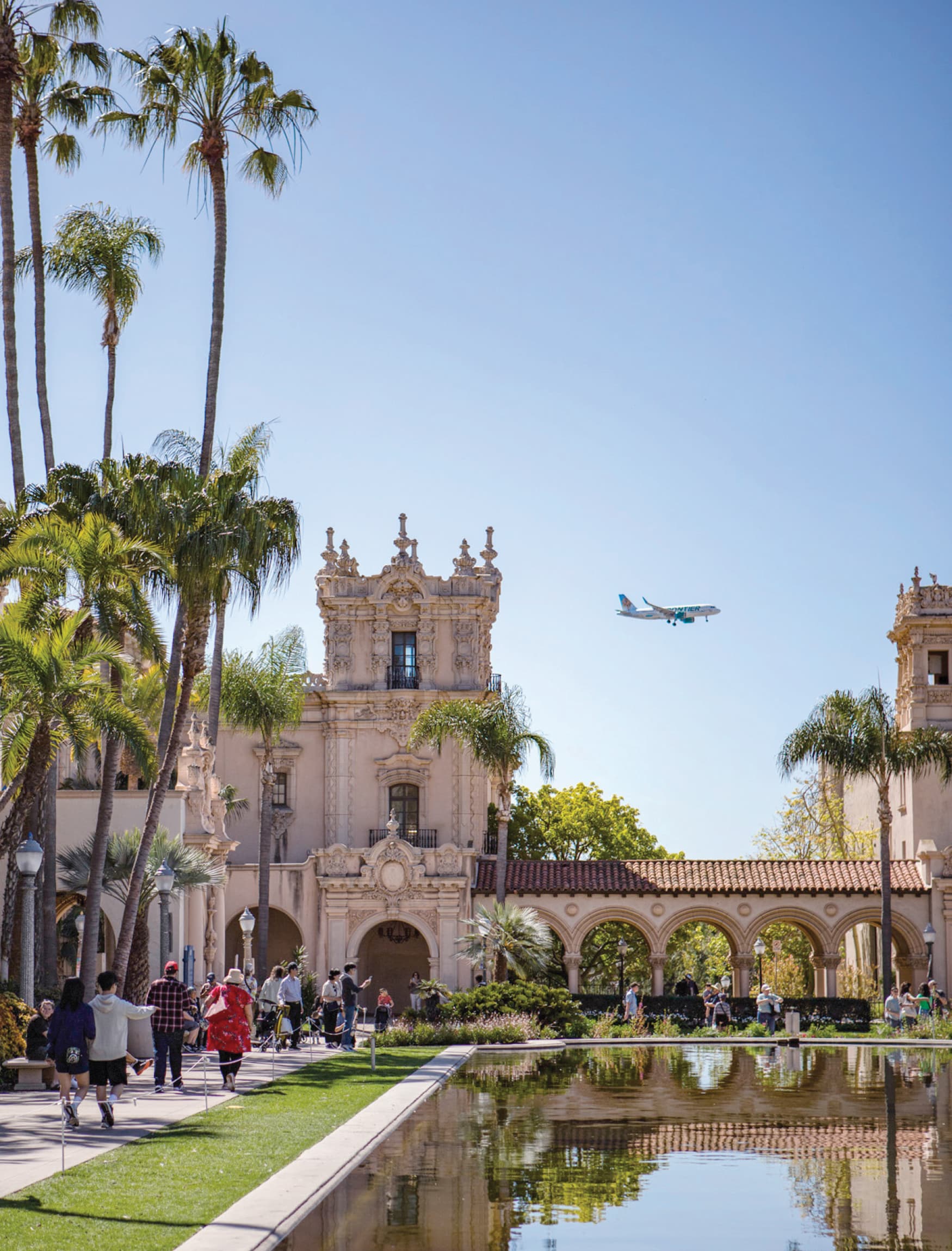
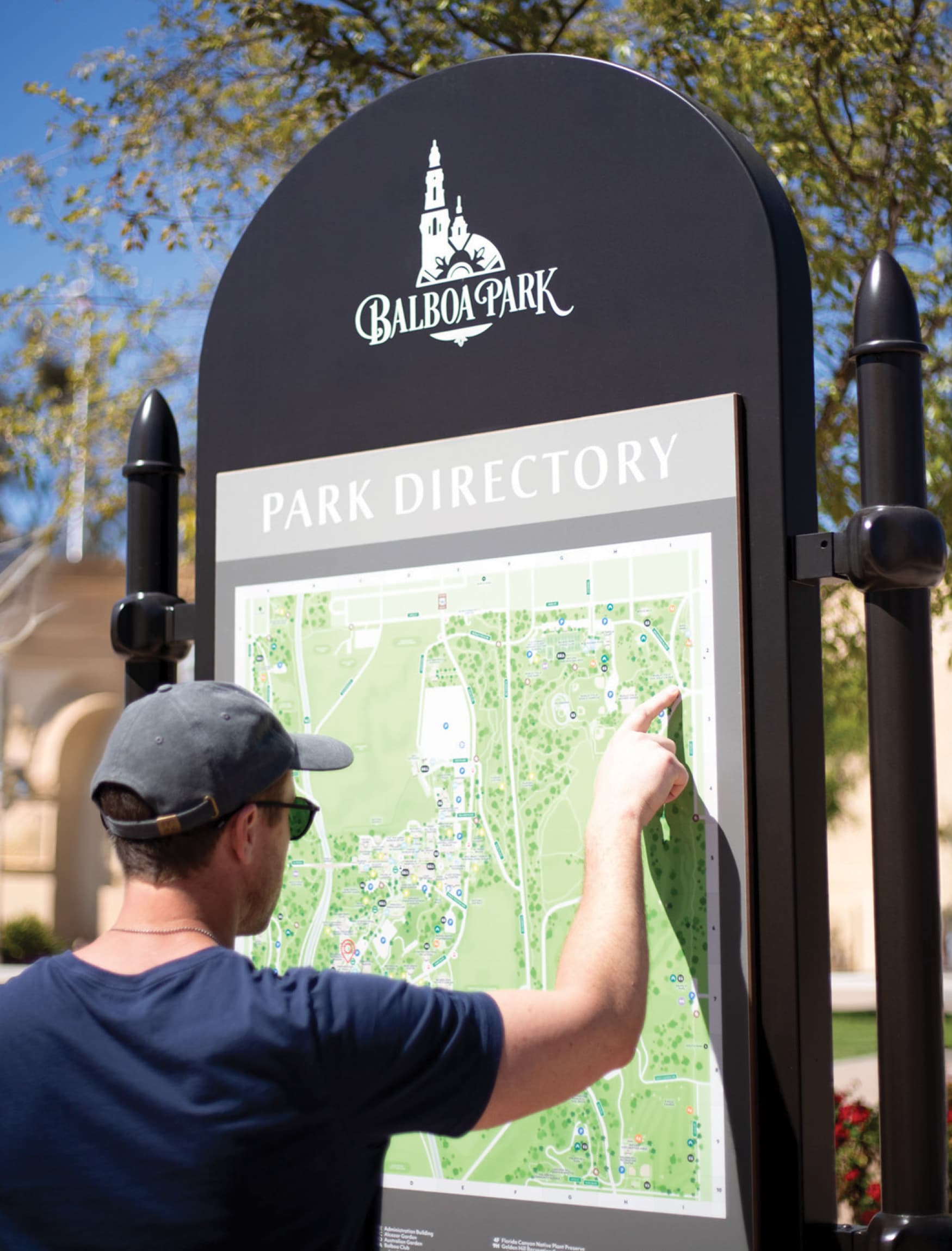
Balboa Park, San Diego, California
BRINGING STORYTELLING TO THE BUILT ENVIRONMENT
A static environment can transform into a meaningful narrative that unfolds as users navigate the space. Its story could be about the history of the place, the values of a brand, or the character of the local community. By embedding the narrative into the built environment through experiential graphics, signage, and public art, we create spaces that communicate with people on deeper levels.
COMMUNICATING BRAND THROUGH PLACE
Well-designed built environments serve as powerful ambassadors for brands. They can communicate values, identity, and personality through spatial experiences that resonate with users.
Experiential graphic design and wayfinding work in concert to create cohesive brand experiences that shape how people perceive and interact with physical spaces. Every design element—from the typography on a sign to the color of a wall—can help brands tell a story that stands out to its guests.
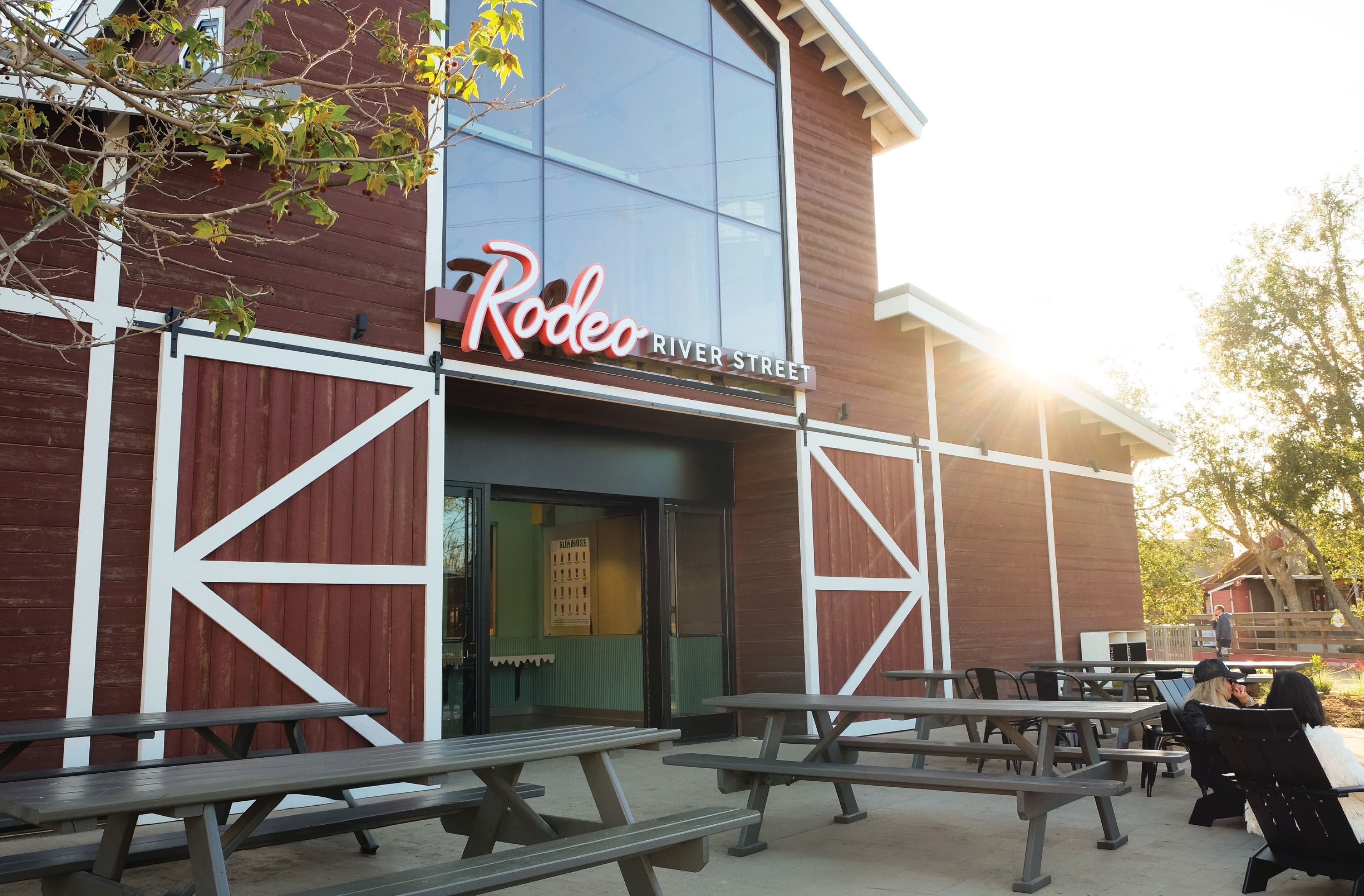
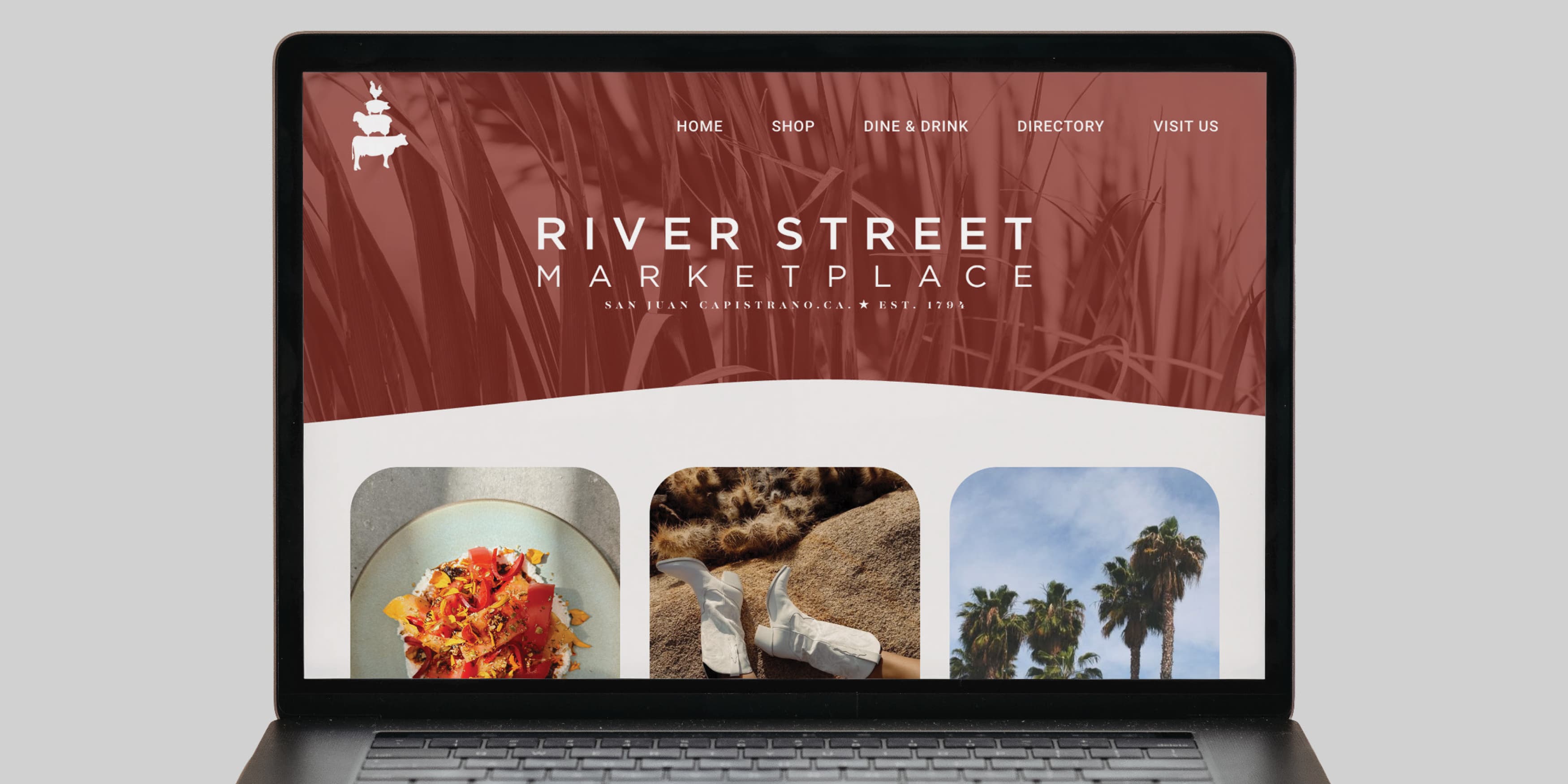
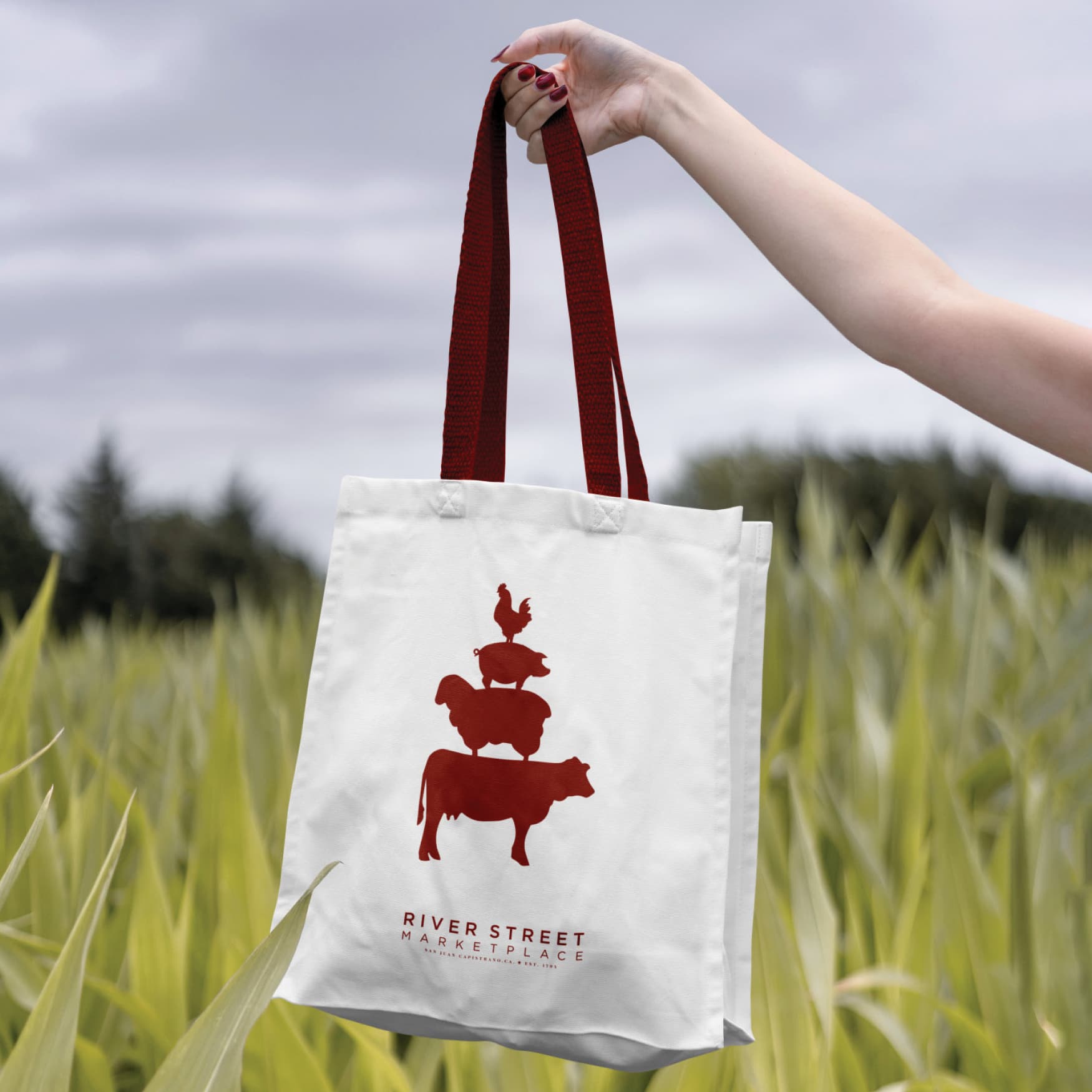
River Street Marketplace, San Juan Capistrano, California
ACHIEVING ECONOMIC AND SOCIAL IMPACT
Beyond creating enjoyable experiences, thoughtfully designed built environments drive real economic and social value.
Civic: Public places can be intentionally designed to foster a sense of community. This can contribute to civic pride, engagement, and positive social interaction among its members.
Retail: Spaces that are easy to navigate and emotionally engaging encourage visitors to stay longer, spend more, and return often. Effective wayfinding and experiential design can increase foot traffic along with retail sales.
Workplace: By sharing a company’s legacy, history, and values in an engaging and authentic way, workers experience a stronger, more positive connection to their workplace. This can improve employee satisfaction and productivity.
In these and many other sectors, the impact of experiential graphic design (often supported and enhanced by wayfinding) can be felt deeply in the economic and social fabric of their communities.
See how these principles are enacted in several of our projects involving both experiential graphic design and wayfinding.
Parasol Park: This neighborhood community development features our hand-crafted signage created in collaboration with The Ecology Center. The project emphasizes community gardens and shared spaces with playful typography and illustrations.
Bel Air Village: As part of this wayfinding signage and experiential graphic design project, we provided monumental letter sculptures for the residential community entrance. The monumentation was created in collaboration with artist Cyril Kongo, whose vibrant street art style helped us transform functional wayfinding into memorable public art.
Toyota Music Factory: In this entertainment district within the Dallas–Fort Worth Metro, we created a bold design language that includes murals and graphics inspired by the city’s heritage. In addition, we designed a central plaza reimagined as a “modern-day campfire” for connection and shared experiences.
The RiverFront: This 200-acre riverfront park project in Omaha connects three existing parks with a cohesive wayfinding system by RSM Design. It features warm metals and distinctive curved forms inspired by the downtown architecture.
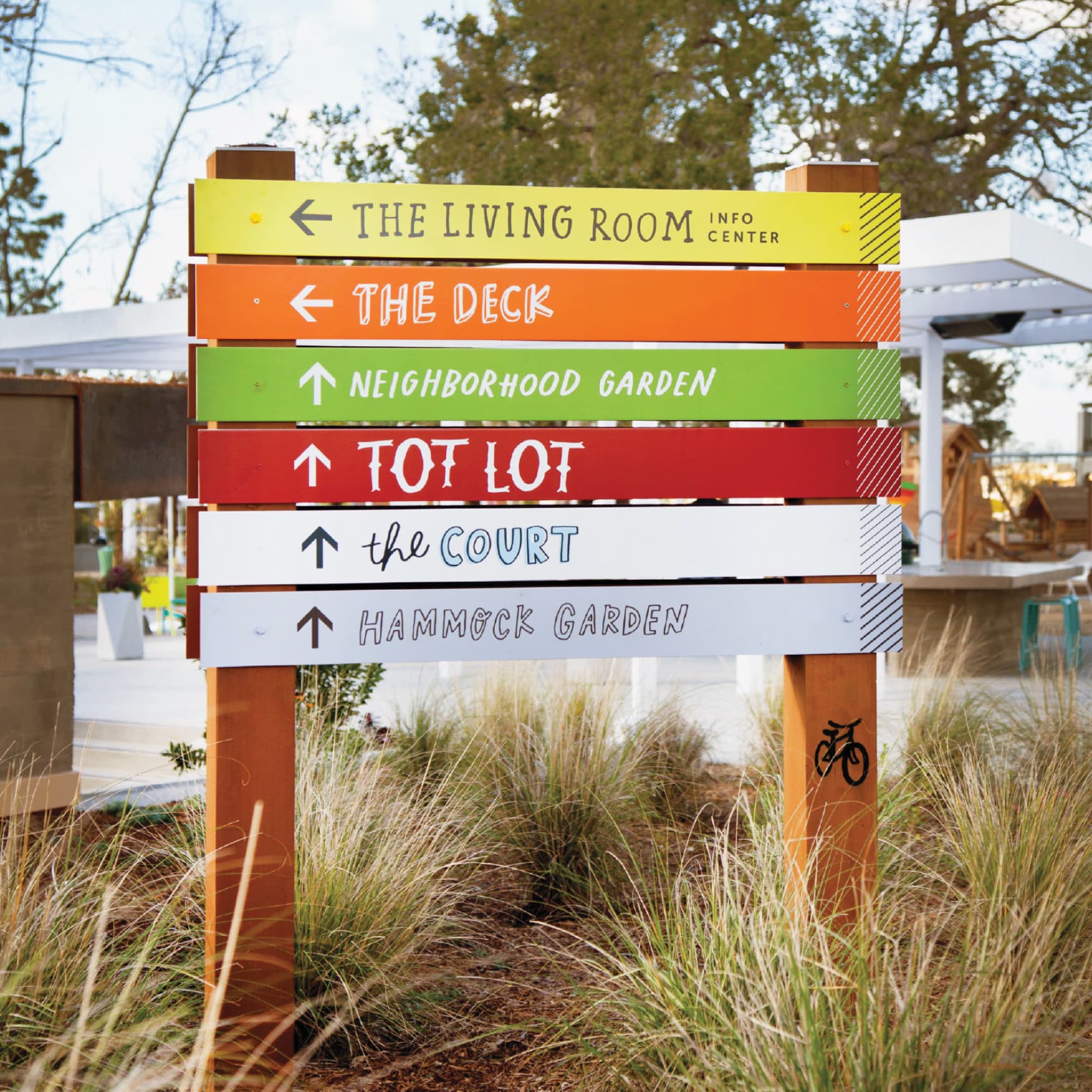
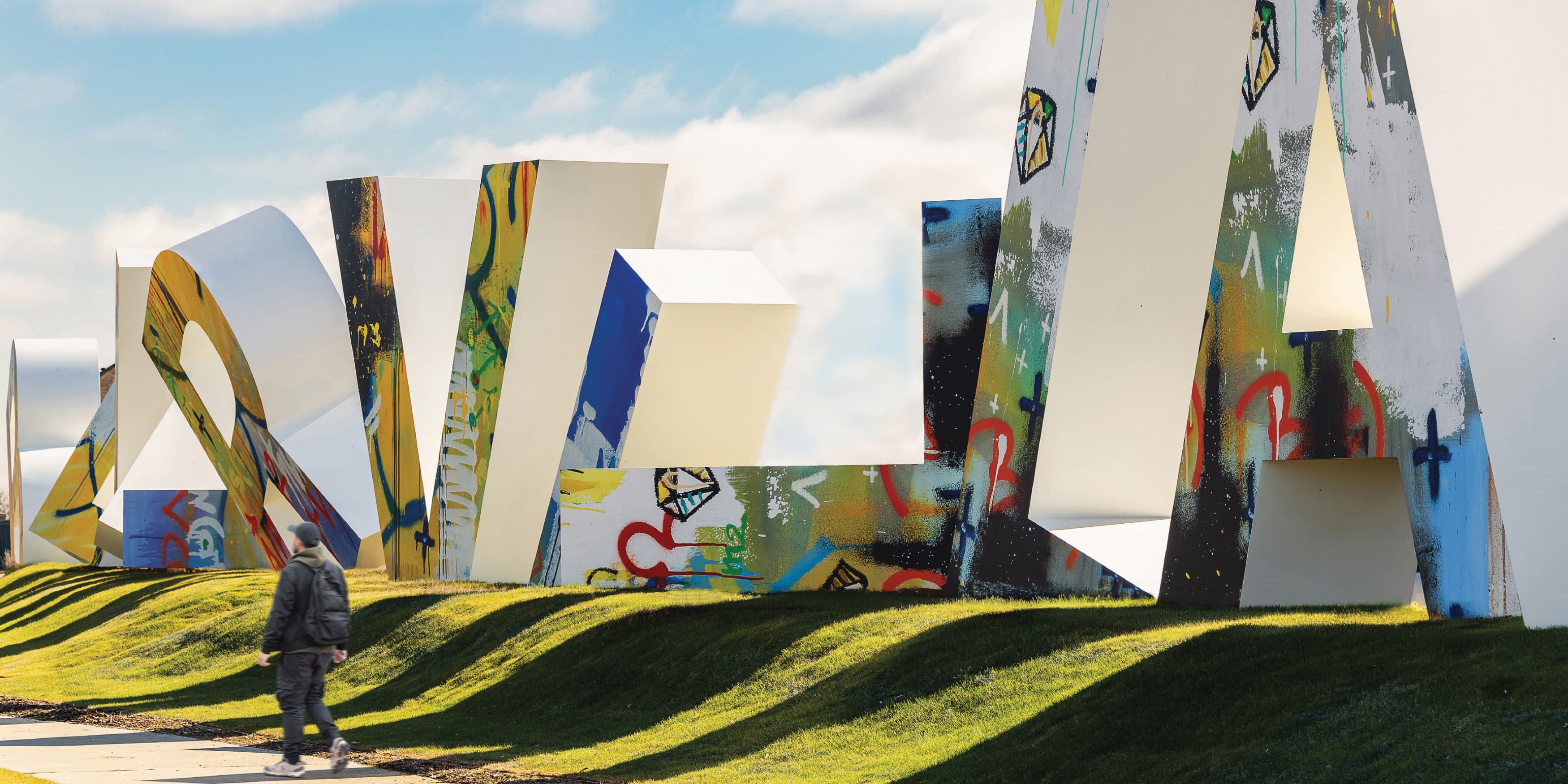
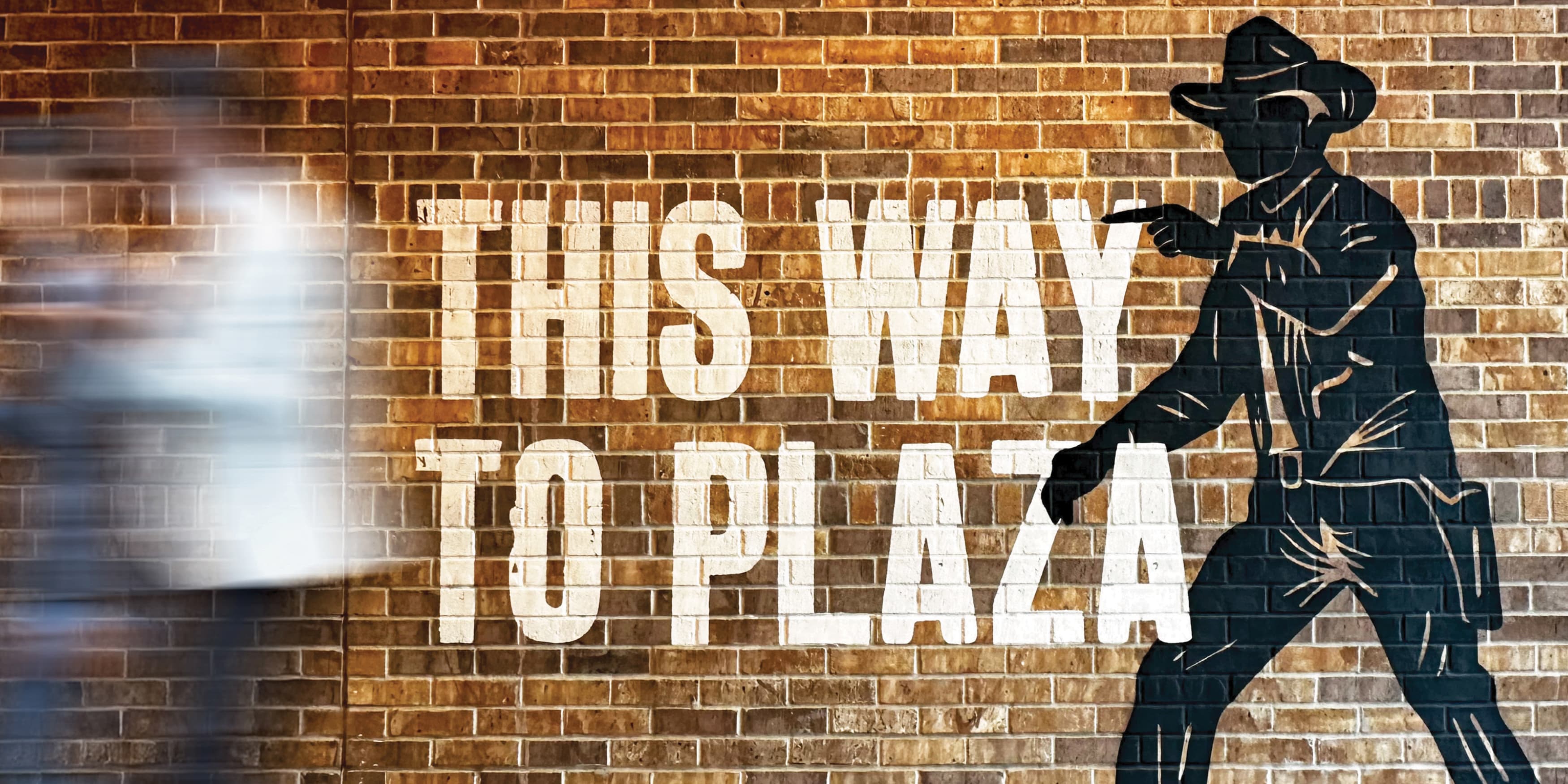
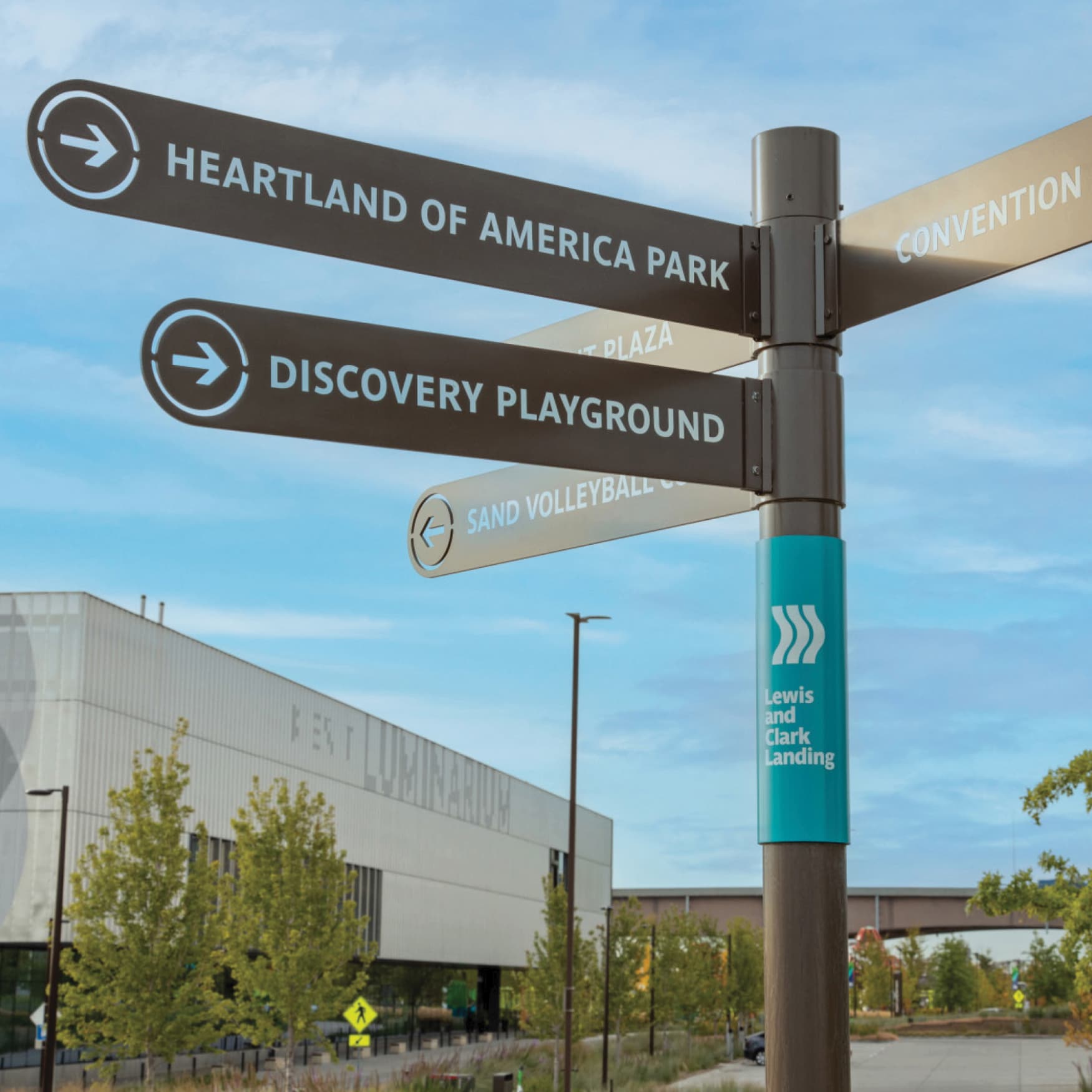
As our built environments continue to evolve and meet new challenges, it only becomes more important to invest in thoughtful, Principal Centered Design. At RSM Design, we strategically employ experiential graphic design and wayfinding to create places that tell stories, encourage connections, and leave lasting impressions.